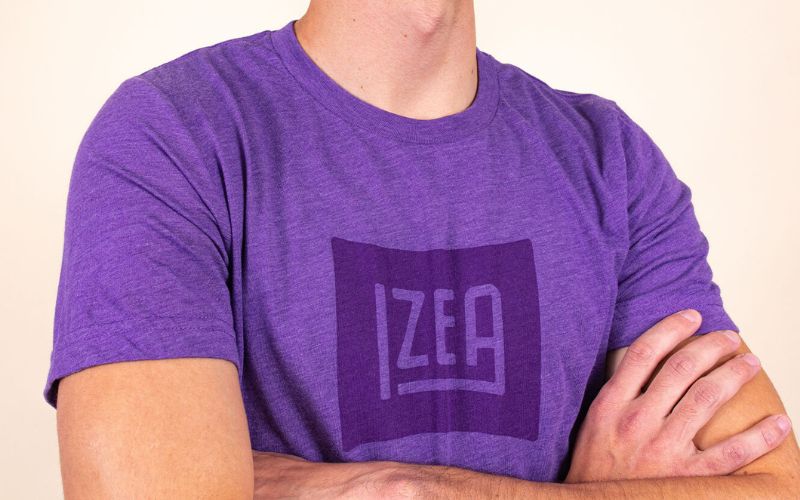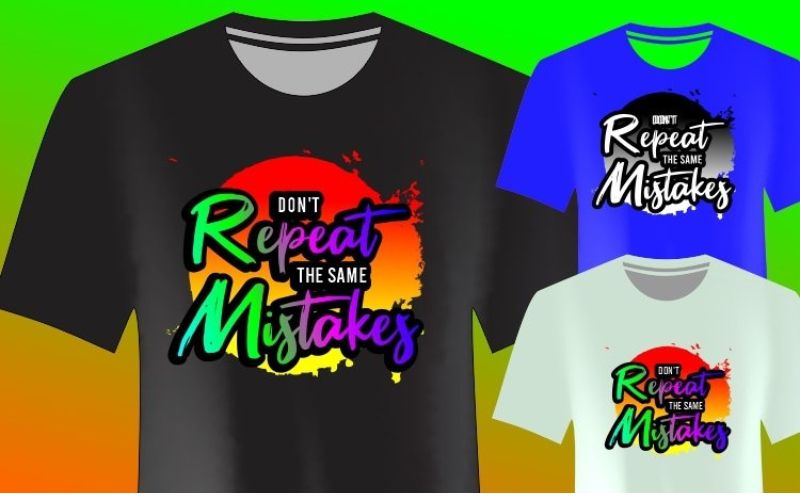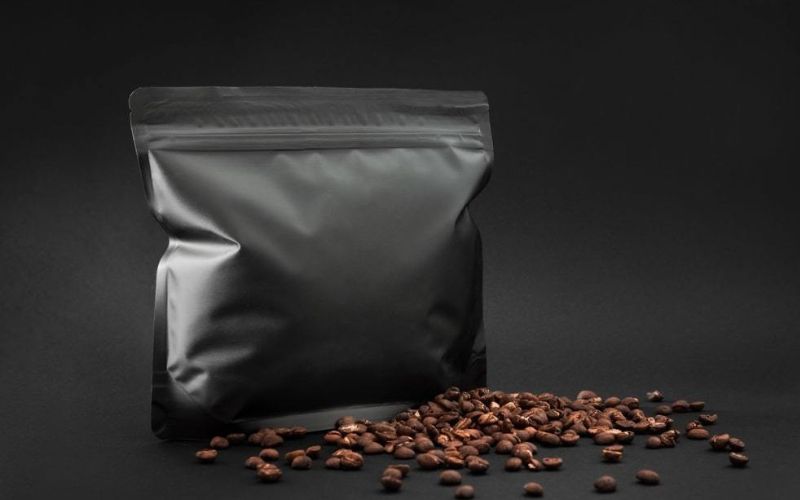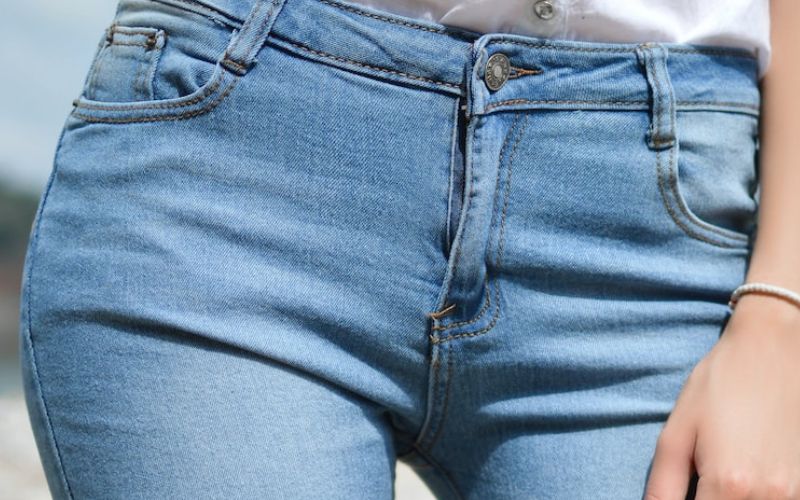Rayon, a semi-synthetic fiber derived from natural sources, has intrigued many sublimation enthusiasts due to its softness, draping qualities, and luxurious sheen. However, sublimating on Rayon presents unique challenges, and its compatibility with the sublimation process is a topic that has sparked curiosity and confusion among creatives and entrepreneurs alike.
In this article, we aim to shed light on the ins and outs of sublimating on Rayon fabric. We will discuss the reasons why Rayon may not be an ideal choice for sublimation, explore factors that influence successful sublimation outcomes, and highlight potential alternatives for achieving stunning results on different fabrics. Whether you’re a seasoned sublimation expert or a newcomer eager to explore this fascinating printing technique, join us as we uncover the mysteries of sublimating on Rayon. Let’s dive in and embark on this sublimation journey together!
Sublimating on Rayon Fabric: Considerations and Limitations
Sublimating onto 100% Rayon fabric or a blend of 95% Rayon and 5% Spandex is generally not recommended, as it can lead to fabric damage. Rayon is not a pure polymer synthetic like polyester, which is commonly used for dye sublimation. When exposed to high heat, Rayon is prone to melting or scorching, which can ruin the fabric’s appearance and integrity.
The high Rayon content in the fabric makes it unsuitable for high-temperature sublimation processes. Rayon is sensitive to irons and other high-heat applications, so attempting to sublimate onto this fabric can result in frustration and disappointment. The delicate nature of Rayon fibers makes it challenging to work with heat-based dye sublimation methods.
Moreover, Rayon’s shiny surface can leave undesirable press marks when subjected to heat and pressure during sublimation. These press marks can be difficult to remove, and they can significantly impact the overall look of the finished product.
In summary, it’s best to avoid attempting dye sublimation on all Rayon or high Rayon content (95% Rayon, 5% Spandex) fabrics due to their sensitivity to high temperatures. Instead, focus on using fabrics specifically designed for dye sublimation, such as polyester, which can withstand the necessary heat and pressure required for successful sublimation printing.
Why Rayon Doesn’t Hold Sublimation Well?
Most Rayon fabric doesn’t hold sublimation well because it is a semi-synthetic material produced using various raw materials, and its composition can vary. Rayon is primarily made from cellulose extracted from wood pulp, combined with cotton fibers and various chemicals. These elements are not known to accept ink dye sublimation.
However, when Rayon is blended with other materials, it could become suitable for sublimation, depending on the specific makeup of the fabric. The varying blends and compositions of Rayon can lead to confusion when attempting sublimation, making it a challenging topic for sublimators.
Can You Sublimate on a Polyester Rayon Shirt?
Sublimating on a polyester-rayon blend shirt is possible, but it’s essential to consider the fabric composition to achieve successful results. As a general guideline, it is best to opt for blends that contain a higher percentage of polyester and a lower percentage of rayon, preferably less than 15% rayon. Shirts with a composition of 85% polyester and 15% rayon or similar ratios are more suitable for dye sublimation.
However, finding shirts with such precise fabric blends might be challenging as many poly/rayon blend shirts often include cotton or other materials. For instance, tri-blend shirts may consist of 25% rayon, which can be more problematic for sublimation due to the higher rayon content. The presence of rayon in higher quantities can make the fabric more susceptible to heat-related issues during the sublimation process.
To ensure the best results, it is advisable to test a small sample of the polyester-rayon blend shirt before attempting a full sublimation print. This way, you can assess how the fabric responds to the sublimation process and make any necessary adjustments to achieve the desired outcome. Ultimately, choosing shirts with higher polyester content and minimal rayon will increase the likelihood of successful and vibrant sublimation prints.
Sublimation Printing: Why Cotton/Rayon/Spandex Blends Won’t Work
A blend of cotton, rayon, and spandex will not sublimate well because all three materials do not accept ink dye sublimation. Whether it’s a 100% cotton, 100% rayon, or 100% spandex fabric, none of them are compatible with the sublimation process.
Cotton is a natural fiber that lacks the necessary polyester content to hold sublimation ink, resulting in a faded and unsatisfactory print. Rayon, being a semi-synthetic material, also does not have the properties required for sublimation, causing the ink not to transfer effectively onto the fabric. Similarly, spandex, a synthetic material often used for stretchability, does not work well with sublimation ink.
Even if these materials are blended together in various ratios, the combination won’t be suitable for sublimation since the presence of any of these three materials hinders the ink’s ability to bind with the fabric. Therefore, for successful sublimation printing, it’s best to use fabrics specifically designed for dye sublimation, such as 100% polyester or polyester blends with a high percentage of polyester.
Sublimating On 25% Tri-Blend Rayon Shirt
Sublimating on shirts with 25% Rayon, like the Tri Blend Bella Canvas jersey, can be challenging. Some shirts with lower Rayon content, blended with other materials, might result in softer and shinier fabric, but they are still not ideal for dye sublimation. The Tri Blend Bella Canvas jersey, with its 50% polyester, 25% combed ringspun cotton, and 25% rayon composition, falls short of the minimum polyester content required for vibrant sublimation prints, and the presence of rayon and spandex can further impact the results negatively.
However, some other brands have been successful in holding sublimation ink, resulting in bright prints that withstand multiple washes. The reason for this difference in sublimation performance lies in the lack of a set standard for Rayon fabric. Different manufacturers may use varying amounts of wood pulp and polymer in their Rayon production, leading to varying sublimation outcomes.
Consequently, working with Rayon fabrics can feel like a gamble. Even if you find a brand that sublimates well, future batches of the same shirt may press differently, causing frustration for sublimators who rely on consistency. This uncertainty in Rayon sublimation has made it a challenging choice for many in the industry.
Step-By-Step Process On How To Sublimate On A Shirt Made Of 50% Polyester, 25% Cotton, and 25% Rayon
Step 1: Choose a Design: Select the design you want to sublimate onto the shirt. Make sure it fits well on the shirt’s surface.
Step 2: Print the Design: Print the chosen design on sublimation transfer paper. Ensure it is the right size for the shirt.
Step 3: Pre-Press the Shirt: Pre-heat your heat press machine to around 400 degrees Fahrenheit. Place the shirt on the press and press it for a few seconds to remove any moisture or wrinkles.
Step 4: Position the Design: Lay the printed sublimation transfer paper on the shirt, making sure it’s correctly aligned with the shirt’s surface.
Step 5: Add Protection: Put a sheet of butcher paper inside the shirt to prevent any bleed-through during the pressing process.
Step 6: Press the Design: Close the heat press and set the temperature to 460 degrees Fahrenheit. Press the design onto the shirt for about 60 seconds.
Step 7: Remove and Cool: Once the pressing time is up, open the heat press and carefully remove the transfer paper from the shirt. Allow the shirt to cool down.
Step 8: Final Result: Congratulations! Your sublimated design should now be on the shirt, featuring vibrant colors and a smooth finish.
Remember to follow safety precautions while using a heat press, and always refer to the specific instructions provided by the manufacturer of your sublimation transfer paper and heat press machine. Happy sublimating!
FAQs
Can I use other printing methods on Rayon?
Yes, other printing methods like screen printing or direct-to-garment printing may be more suitable for Rayon fabric. It’s essential to consider the fabric’s properties and the printing method’s compatibility for the best results.
Are there any fabrics similar to Rayon that work better for sublimation?
Yes, fabrics with a higher polyester content, like 100% polyester or polyester blends with minimal Rayon, are better suited for sublimation. Polyester has the necessary properties to bond with sublimation ink and produce vibrant, long-lasting prints.
Conclusion
In conclusion, while sublimating on Rayon shirts presents its challenges, it is not an ideal fabric for dye sublimation due to its sensitivity to high heat and limited ability to accept sublimation ink. Rayon’s composition, which can vary among different manufacturers, adds an element of unpredictability that can lead to inconsistent sublimation results. For successful and vibrant sublimation prints, it is recommended to choose fabrics specifically designed for dye sublimation, such as 100% polyester or polyester blends with a high polyester content. While Rayon offers various attractive qualities, it may not be the best choice for achieving long-lasting, eye-catching sublimation designs. By understanding the limitations and exploring alternative fabric options, sublimation enthusiasts can make informed choices to ensure exceptional results in their sublimation projects.



